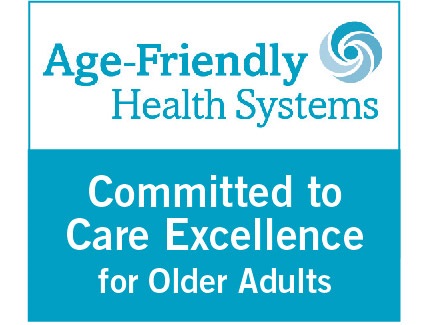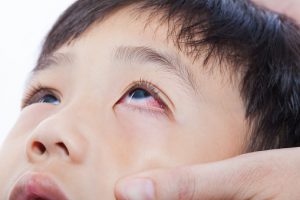Flushing Hospital Medical Center is proud to announce that we have earned an “Age-Friendly Health System” status; a designation that less than 20 percent of the health care facilities across the country have yet to receive.

Receiving an Age-Friendly status demonstrates that Flushing Hospital is committed to this rapidly growing movement to improve the health care for older adults.
This initiative was a collaborative effort founded in 2017 by the John A. Hartford Foundation, the Institute for Healthcare Improvement (IHI), the American Hospital Association (AHA), and the Catholic Health Association of the United States (CHA) with the intention of helping hospitals and other care settings implement a set of evidence-based interventions specifically designed to improve care for older adults.
The initiative is guided by a framework of essential elements known as the “4Ms”, which include:
- What Matters – Communicating with our patients to better understand their personal and healthcare goals. This is achieved by asking a series of questions to the patient as well as family members or caregivers. Factors in what matters most to our patients could include end-of-life care, placement issues, or financial concerns.
- Medication – Prescribing age-friendly medications that do not interfere with the goals of our older patients. This includes not prescribing certain medications that can affect a patient’s mobility and using our electronic medical record system to identify potentially inappropriate medications.
- Mentation – Preventing, identifying, treating and managing mental health issues such as depression and dementia in our older patients. This involves conducting a mental health status examination.
- Mobility – Ensuring that our older adult patients move safely and maintain function. This is done by getting our patients to ambulate more while in our care and by conducting a Fall Risk Assessment and providing mobility devices if necessary.
Receiving this designation was a collaborative effort led by Dr. Angelo Canedo and Dr. Alan Roth and included a leadership committee comprised of physicians, nurses, and hospital administrators. After a rigorous nine-month process that included educating all of our providers and submitting data that demonstrated the 4Ms have been incorporated into our practices.
The 4M initiative for treating older adults is currently being practiced throughout our network, by providers in our Emergency Departments, Ambulatory Care Centers, Inpatient Units, and in our long-term care facility
“Older adults deserve safe, high-quality healthcare. The Age-Friendly Health System initiative is an important part of our vision to provide it to them,” stated Dr. Alan Roth. “We worked very hard to achieve this goal and are extremely appreciative of those who contributed to helping us attain it.”
All content of this newsletter is intended for general information purposes only and is not intended or implied to be a substitute for professional medical advice, diagnosis or treatment. Please consult a medical professional before adopting any of the suggestions on this page. You must never disregard professional medical advice or delay seeking medical treatment based upon any content of this newsletter. PROMPTLY CONSULT YOUR PHYSICIAN OR CALL 911 IF YOU BELIEVE YOU HAVE A MEDICAL EMERGENCY.




